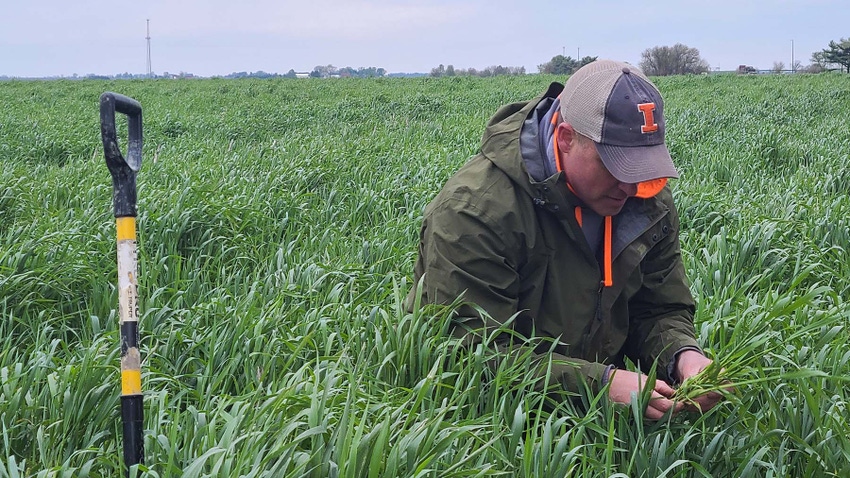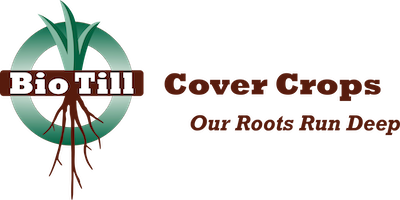Cover Crop Strategies editors encounter a variety of articles, social media posts, podcasts and videos that offer a unique look at various aspects of our great agricultural industry. Here is our favorite content from the past week:
- Answers to Most Common Cover Crop Questions
- Planting Teff as a Cover Crop in the U.S.
- How to Get the Most Out of Cover Crops on Your Farm
- Almond Growers in California Use Cover Crops to Save Water
- Roller Crimp Terminating a Cereal Rye Cover Crop
Best of the Web This Week is brought to you by Saddle Butte Ag.

|

|
Bio Till Cover Crops, a pioneer and leader in cover crop seeds, represents a complete lineup of seeds suitable for use in diverse soil types and growing conditions. Our focus on cover crop and regenerative forage seeds sets us apart from suppliers invested in other markets. Dealers in our distribution network are committed to your success by providing local resources, education and guidance to ensure you have the correct foundation for success. With over 50 years of experience in production, processing, packaging, and shipping, you won’t find a better fit for your farm.
Answers to Most Common Cover Crop Questions
Commonly asked cover crop questions include “Can I cut N rates if I plant a cover crop?,” “Will planting green hurt my cash crop?” and “How do I best fit cover crops into my cropping system?” In this video, Anna Cates, soil health specialist, and Monica Schauer, research specialist at the University of Wisconsin-Madison tackle these key FAQs around cover crops and more.
Planting Teff as a Cover Crop in the U.S.
On the latest episode of the Agronomy Highlights podcast from Penn State Ag Extension, learn about the ancient grain known as teff, which could have a lot to offer to farmers here in the U.S. Teff grass cover crops are often used for suppressing weeds, and they produce solid plant structure that doesn't leave the soil lumpy for successive crops.
How to Get the Most Out of Cover Crops on Your Farm
In this article, read how to determine which cover crop species is best for your farm and how to get the most out of those species.

EVALUATING SUCCESS: Jim Isermann inspects a field of cereal rye for biomass, potential beneficials such as earthworms, potential pests such as slugs and more at a recent field day in Champaign Co., Ill. Photo by: Ben Potter
Almond Growers in California Use Cover Crops to Save Water
Saving water is always a top priority for California farmers, even after wet winters. For the past several years, an almond grower in Ceres has been experimenting with different cover crops to help them use their water more efficiently. Check out this video to see which species have worked best on their farm.
Roller Crimp Terminating a Cereal Rye Cover Crop
In this video, Purdue Extension Organic & Diversified Agriculture Educator Michael O’Donnell revisits an organic no-till soybean field at Oak Ridge Farms in Pendleton, Ind., while the cereal rye is being roller crimped.
Is there something you want to share in "This Week"? Send us an email.
Best of the Web This Week is brought to you by Saddle Butte Ag.

|

|
Bio Till Cover Crops, a pioneer and leader in cover crop seeds, represents a complete lineup of seeds suitable for use in diverse soil types and growing conditions. Our focus on cover crop and regenerative forage seeds sets us apart from suppliers invested in other markets. Dealers in our distribution network are committed to your success by providing local resources, education and guidance to ensure you have the correct foundation for success. With over 50 years of experience in production, processing, packaging, and shipping, you won’t find a better fit for your farm.
Click here to view past "Best of the Web This Week" updates.






Post a comment
Report Abusive Comment